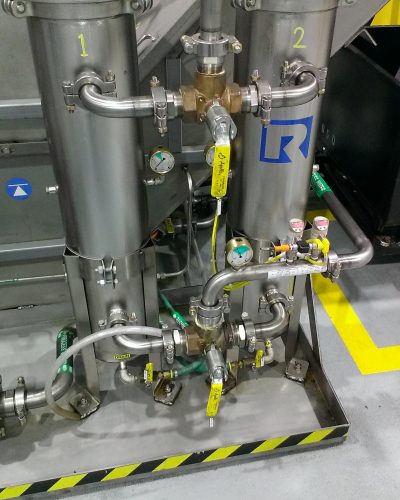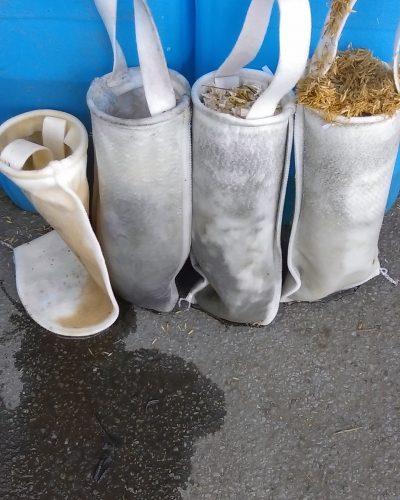Having proper filtration processes for water is what makes modern society work. It is well known that the world’s water sources arefinite and there are so many sectors that rely on water to operate efficiently (or at all), that treating water properly is of paramount importance across the globe.
Proper water filtration is the backbone of many industries and businesses and is necessary for the availability of clean drinking water. What does this water filtration look like? How does wastewater go from an unusable, potentially dangerous liquid to clean and potable water?
What Types of Filter Systems are Used for Wastewater Treatment?
Many different filtration systems are used in the quest for clean water. The level of cleanliness and purity needed at the end of the filtration process determines the type of filtration and systems that are used. What are these different types of filtrations?
Particle Filtration
Working exactly as the name suggests, particle filtration removes particles from wastewater, returning it to its original state. Whether this is done through mechanical or physical means depends on the specific filter itself, which determines the size of the particles that can be filtered out.
Water that is sent through a single or multi-media filter, such as a mat or a membrane, removes the particles forcing the water to move through that filter, leaving the suspended particles behind. Particle filtration is done with bag filters, cartridge filters and self-cleaning filters. These types of filters are great for removing particles anywhere from 1-100 microns in size.
Activated Carbon Filters
According to Andrew from Rosedale Products Europe “Activated carbon filters act differently than particle filters because they use the activated surface of the carbon atoms to remove certain properties, such as chlorine or bad smells and tastes from the water. This is done through a process called “adsorption” and is an entirely different type of filtration, though they are often used in conjunction with each other.

Membrane Filtration
Membrane filtration is used when the removal of solid particles and suspended solids isn’t enough to meet the water purity standards needed. This is often done for water used in the medical industry, certain types of aerospace applications and other various uses.
Micro or Ultrafiltration
Micro and ultrafiltration are processes that use low levels of pressure to force wastewater through microscopic pores of the filter material. This removes the majority of all contaminants and can even remove certain viruses from the feedstock water. Whether it be surface water, municipal water sources or any other type of wastewater, these filtration processes are some of the best to be used and are only surpassed one other type of filtration process: reverse osmosis.
Reverse Osmosis
Reverse osmosis is another form of wastewater filtration that uses pressure to force wastewater through a semipermeable membrane. “Forcing” the water through such a filter removes almost all impurities and is the best and most effective type of water filtration available.



